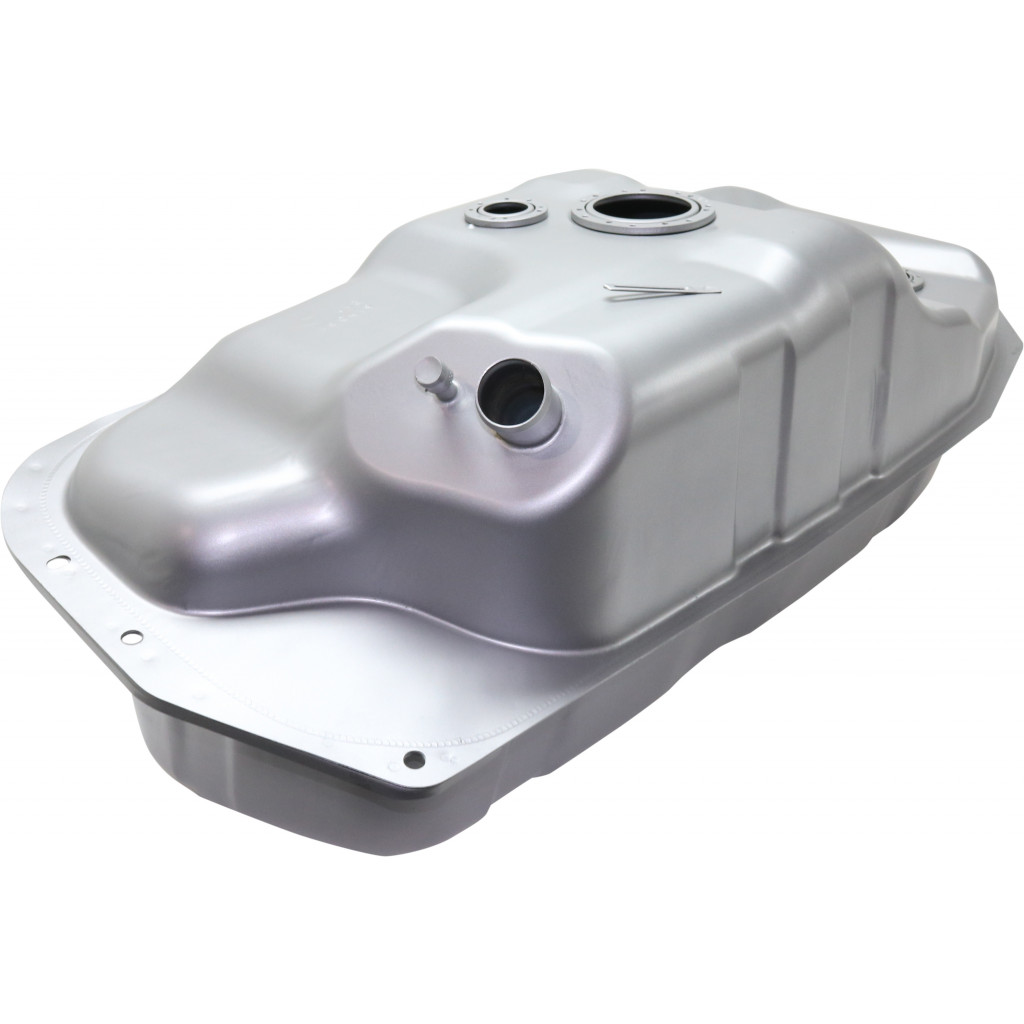The Toyota 4Runner’s Fuel Tank: A Journey Of Capacity And Efficiency
The Toyota 4Runner’s Fuel Tank: A Journey of Capacity and Efficiency
Related Articles: The Toyota 4Runner’s Fuel Tank: A Journey of Capacity and Efficiency
Introduction
With enthusiasm, let’s navigate through the intriguing topic related to The Toyota 4Runner’s Fuel Tank: A Journey of Capacity and Efficiency. Let’s weave interesting information and offer fresh perspectives to the readers.
Table of Content
The Toyota 4Runner’s Fuel Tank: A Journey of Capacity and Efficiency

The Toyota 4Runner, a vehicle synonymous with ruggedness and adventure, boasts a fuel tank designed to fuel your explorations. Understanding the 4Runner’s fuel capacity provides valuable insight into its range, driving habits, and overall practicality. This article delves into the intricacies of the 4Runner’s fuel tank, exploring its evolution across generations, factors affecting fuel consumption, and practical tips for maximizing range.
Fuel Tank Capacity Across Generations:
The 4Runner’s fuel tank capacity has remained relatively consistent throughout its history, reflecting a commitment to long-distance capability. Here’s a breakdown of fuel tank sizes across key generations:
- 1st Generation (1984-1989): 19.8 gallons
- 2nd Generation (1990-1995): 21.1 gallons
- 3rd Generation (1996-2002): 21.1 gallons
- 4th Generation (2003-2009): 21.1 gallons
- 5th Generation (2010-2023): 21.1 gallons
While the 4Runner has undergone significant design changes over the years, the fuel tank size has largely remained consistent. This emphasizes the importance of range for the 4Runner’s target audience, those seeking adventure and off-road capability.
Factors Affecting Fuel Consumption:
While the fuel tank’s capacity dictates the potential range, fuel consumption is a crucial factor in determining how far you can travel on a single tank. Several factors influence fuel economy:
- Engine Type and Size: The 4Runner’s engine choices, ranging from V6 to V8, impact fuel efficiency. Larger engines generally consume more fuel.
- Driving Style: Aggressive acceleration, frequent braking, and high speeds all increase fuel consumption.
- Terrain and Road Conditions: Off-roading, driving in mountainous regions, or navigating heavy traffic can significantly reduce fuel efficiency.
- Vehicle Load: Carrying heavy cargo or passengers increases the weight the engine must move, leading to higher fuel consumption.
- Tire Pressure: Underinflated tires increase rolling resistance, negatively affecting fuel economy.
Understanding these factors allows drivers to adjust their driving habits and make informed decisions to optimize fuel efficiency and maximize range.
Maximizing Fuel Efficiency and Range:
While the 4Runner is not known for its fuel efficiency, several strategies can help you stretch your tank’s capacity:
- Maintain Proper Tire Pressure: Ensure your tires are inflated to the manufacturer’s recommended pressure.
- Avoid Aggressive Acceleration and Braking: Smooth driving habits contribute to better fuel economy.
- Plan Your Route and Avoid Unnecessary Stops: Minimize idling and optimize your route to avoid unnecessary fuel consumption.
- Consider Engine Size: If fuel efficiency is a priority, the smaller V6 engine offers better fuel economy compared to the V8.
- Utilize Cruise Control: Cruise control helps maintain a steady speed, reducing fuel consumption on highways.
These tips can help you maximize your 4Runner’s range and enjoy extended adventures without frequent refueling stops.
FAQs Regarding the Toyota 4Runner’s Fuel Tank:
Q: What is the average fuel range of a Toyota 4Runner?
A: The average fuel range of a Toyota 4Runner varies depending on the engine, driving conditions, and driving style. However, with a 21.1-gallon tank, you can expect a range of approximately 300-400 miles on a single tank.
Q: How often should I refill my 4Runner’s fuel tank?
A: It is recommended to refill your 4Runner’s fuel tank before the fuel gauge reaches the "E" mark. This ensures you have enough fuel to reach a gas station without running out.
Q: Does the 4Runner have a fuel gauge?
A: Yes, the Toyota 4Runner is equipped with a fuel gauge that displays the amount of fuel remaining in the tank.
Q: Can I install a larger fuel tank in my 4Runner?
A: While it is possible to install a larger fuel tank, it is not recommended as it may require modifications to the vehicle’s structure and may not be legal in all jurisdictions.
Q: What are the benefits of a larger fuel tank?
A: A larger fuel tank allows you to travel longer distances without refueling, which can be beneficial for long road trips or off-road adventures.
Q: What are the drawbacks of a larger fuel tank?
A: A larger fuel tank adds weight to the vehicle, which can negatively impact fuel economy and handling. It may also require modifications that could void the vehicle’s warranty.
Conclusion:
The Toyota 4Runner’s fuel tank, with its consistent capacity across generations, reflects the vehicle’s commitment to long-distance capability and adventure. While fuel efficiency is not its strongest attribute, understanding factors influencing fuel consumption and implementing strategies for optimization can help maximize range and fuel your explorations. By embracing a responsible and efficient driving style, you can fully utilize the 4Runner’s fuel tank capacity and embark on unforgettable journeys.







Closure
Thus, we hope this article has provided valuable insights into The Toyota 4Runner’s Fuel Tank: A Journey of Capacity and Efficiency. We appreciate your attention to our article. See you in our next article!
You may also like
Recent Posts
- The 2025 Toyota 4Runner: A Legacy Reimagined
- The Enduring Appeal Of The Toyota 4Runner Manual Transmission 4×4
- The Toyota 4Runner TRD Off-Road: A Legacy Of Adventure, Reimagined For 2025
- The Anticipation Builds: Unveiling The Next Generation Toyota 4Runner
- The 2025 Toyota 4Runner TRD: A Legacy Of Adventure Reimagined
- The Future Of Color: Exploring The Significance Of Color Trends
- The Toyota 4Runner: A Legacy Of Capability, Now With Expanded Seating
- The Toyota 4Runner Timing Belt: A Vital Component For Engine Longevity

Leave a Reply